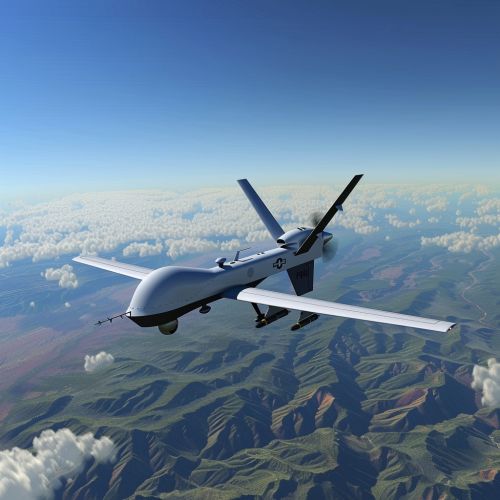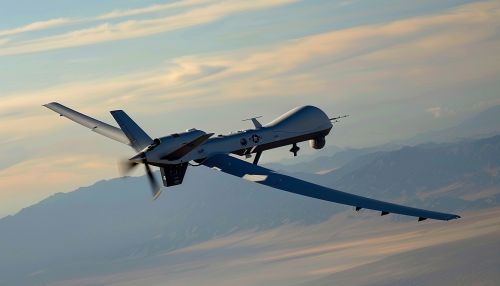Unmanned Aircraft System
Introduction
Unmanned Aircraft Systems (UAS), also known as drones, are aircraft systems without a human pilot onboard. They are controlled either remotely by a human operator or autonomously by onboard computers. UAS are used in a wide range of applications, from military operations to commercial services and scientific research. The development and use of these systems have raised significant legal, ethical, and safety issues.
History
The concept of unmanned aircraft has been around for centuries, with early examples including kites and balloons used for military purposes. However, the modern concept of UAS began to take shape in the early 20th century, with the development of radio-controlled aircraft. During the World Wars, several countries experimented with unmanned aircraft for military purposes, but it was not until the late 20th century that UAS began to be widely used. The advent of miniaturization and digital technology has greatly expanded the capabilities and applications of UAS.
Types of UAS
There are several types of UAS, classified based on their size, range, and capabilities. These include Micro UAS, Mini UAS, Tactical UAS, MALE (Medium Altitude Long Endurance) UAS, HALE (High Altitude Long Endurance) UAS, and UCAVs (Unmanned Combat Aerial Vehicles). Each type has its own specific applications and capabilities, ranging from small, handheld drones used for photography and videography, to large, long-range drones used for surveillance and combat missions.
Components of UAS
A typical UAS consists of an unmanned aircraft, a control system, and a communication system. The unmanned aircraft is the vehicle that flies and carries out the mission. The control system is used by the operator to control the aircraft, and the communication system allows for data transmission between the aircraft and the control system. Some UAS also include a payload, which can be anything the aircraft is designed to carry, such as sensors, cameras, or weapons.
Applications of UAS
UAS have a wide range of applications, both in the military and civilian sectors. In the military, they are used for surveillance, reconnaissance, and combat missions. In the civilian sector, they are used for tasks such as aerial photography, agriculture, environmental monitoring, and delivery services. The use of UAS in these areas has the potential to greatly increase efficiency and reduce costs, but also raises issues related to privacy and safety.
Legal and Ethical Issues
The use of UAS raises several legal and ethical issues. These include privacy concerns, as drones can easily invade personal spaces and collect data without consent. There are also safety concerns, as drones can potentially collide with other aircraft or cause damage if they crash. In addition, the use of drones in warfare raises ethical questions about the use of force and the value of human life.
Future of UAS
The future of UAS looks promising, with advancements in technology likely to expand their capabilities and applications. However, there are also challenges to be addressed, including regulatory issues, safety concerns, and public acceptance. As UAS continue to evolve, it will be important to balance the benefits they offer with the potential risks they pose.
See Also


